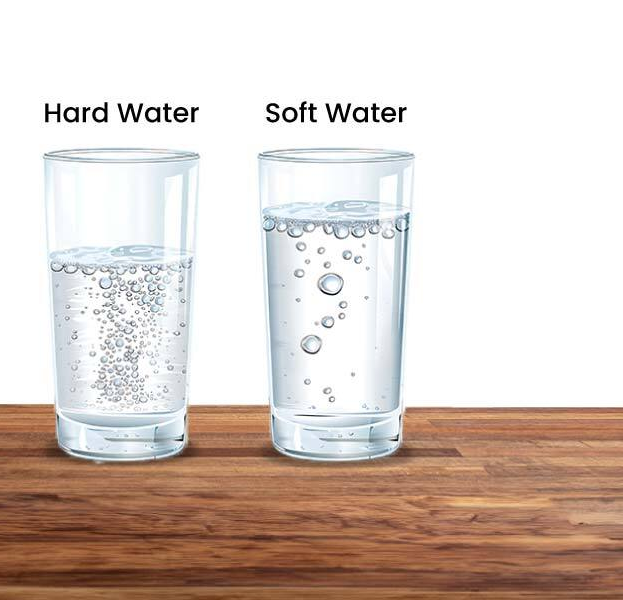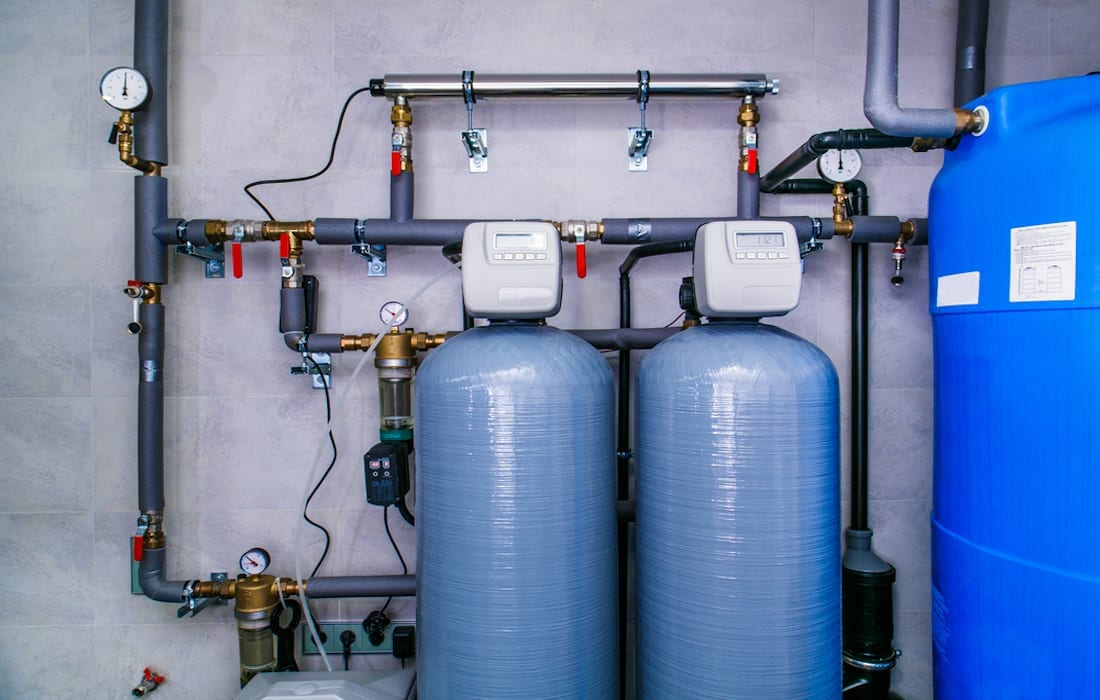Now Reading: Soft Water Secrets: Why Your Home Needs It Now 2025
-
01
Soft Water Secrets: Why Your Home Needs It Now 2025
Soft Water Secrets: Why Your Home Needs It Now 2025

Table of Contents
Soft Water Most of us don’t give much thought to the water flowing through our taps, washing machines, or showers. But the kind of water you use daily can have a big impact on your health, appliances, and even your monthly expenses. Welcome to the world of soft water a quiet but powerful upgrade for your home and life.
Soft water is not a brand or a type of bottled water. It’s regular water, but without the high levels of calcium and magnesium minerals found in what’s known as hard water. These minerals are harmless to drink, but they can cause several annoying and expensive problems in your daily life. So let’s break down what soft water is, how it compares to hard water, and why switching to soft water might just be one of the smartest home improvements you can make.
What Exactly Is Soft Water?
Water is called “soft” when it has low levels of calcium and magnesium. On the other hand, hard water contains high amounts of these minerals, which it picks up as it flows through soil and rock. Hardness is measured in parts per million (ppm) or grains per gallon (gpg), and any water with more than 120 ppm (or 7 gpg) is usually considered hard.
Soft water can occur naturally in areas with limestone or low mineral content in the ground. However, in most places, water needs to be softened using a water softener system, which removes the excess minerals through a process called ion exchange.
How Does Hard Water Affect Your Life?
Hard water may not be dangerous, but it brings a range of issues you’ve probably experienced without knowing the cause:
- Scale buildup in appliances: Hard water causes mineral deposits inside pipes, water heaters, and washing machines. This reduces efficiency and shortens their lifespan.
- Dry skin and hair: The minerals in hard water can leave a residue on your skin and hair, making them feel dry, itchy, and dull.
- Soap scum: Hard water reacts with soap, leaving a sticky film on your skin, tiles, and sinks that is hard to clean.
- Higher energy bills: When scale builds up in heating systems, more energy is required to heat the same amount of water.
- Laundry problems: Clothes washed in hard water may feel stiff and look dingy over time.
In contrast, soft water avoids all these issues, improving the performance of your home systems and the feel of your everyday routines.
Benefits of Soft Water
The transition to soft water comes with a host of benefits:
- Longer lifespan for appliances
Water heaters, dishwashers, washing machines, and plumbing systems work better and last longer with soft water. Without scale buildup, they require fewer repairs and less maintenance. - Better skin and hair
Soft water rinses soap and shampoo more effectively, leaving skin smooth and hair soft. It’s especially helpful for those with sensitive skin or skin conditions like eczema. - Cleaner and shinier surfaces
No more white spots or streaks on dishes, faucets, and tiles. Soft water helps keep your bathroom and kitchen surfaces cleaner for longer. - Energy savings
A scale-free heating system is more efficient, helping you save on electricity or gas bills each month. - Cost-effective laundry
Detergents work more effectively with soft water, so you use less. Your clothes stay brighter, softer, and last longer.
How Is Water Softened?
Most homeowners soften water using a water softener unit installed at the point where water enters the house. The most common type uses ion exchange, where calcium and magnesium ions are replaced with sodium or potassium ions. As a result, the water becomes soft and scale-free.
Other methods include:
- Reverse osmosis systems: Removes all minerals and impurities.
- Magnetic or electronic softeners: These claim to reduce scaling using electromagnetic waves, though their effectiveness is still debated.
Water softeners are available in various sizes and models, depending on your household needs. They typically require periodic refilling with salt and some routine maintenance.
Is Soft Water Safe to Drink?
Soft water is generally safe to drink. However, since it contains slightly more sodium (from the ion exchange process), people on strict sodium diets should consult a doctor. That said, the sodium level added is usually very low far less than what you’d find in common foods.
If taste or health is a concern, many people use dual systems a softener for general use and a separate water filter (like reverse osmosis) for drinking water.
Environmental Considerations
While soft water has many benefits, there are environmental factors to consider:
- Salt discharge: Traditional water softeners release salt into wastewater, which can affect soil and aquatic ecosystems. Some regions regulate or ban the use of salt-based systems.
- Water usage: Regeneration cycles in softeners use extra water, which might not be ideal in areas facing water shortages.
Newer salt-free and eco-friendly softeners are now on the market, offering alternatives for environmentally conscious users.
Soft Water in India: A Growing Trend
In India, hard water is a widespread issue, especially in urban areas that rely on groundwater or municipal water with high mineral content. Cities like Delhi, Pune, and Bengaluru frequently face problems due to scaling and appliance damage.
As awareness grows, residential water softeners are gaining popularity in India. Companies are offering affordable and compact solutions for individual homes, apartments, and even rental setups.
Should You Make the Switch?
If you’re dealing with chalky deposits, dry skin, or short-lived appliances, it might be time to consider softening your water. A professional water test can help determine your water hardness level and guide you toward the best solution.
While the initial investment in a water softener may seem high, the long-term savings in energy, repairs, and product use make it a smart financial decision for many households.
Conclusion
Soft water is more than a luxury it’s a practical solution to everyday problems caused by mineral-rich water. From personal comfort to cost savings, the advantages of switching to soft water are clear. Whether you’re moving to a new home or upgrading your current water system, a closer look at your water quality could reveal an easy way to improve your lifestyle.
Read More:- Shobha Realty Launches Its Most Luxurious Project Yet—Full Details Inside 2025






















